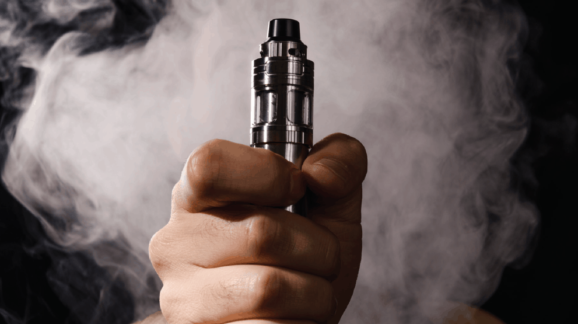Conflict of Interest over Vaping Threatens Public Health

Cigarette smoking kills nearly half a million Americans every year, and for every person who dies due to smoking, at least 30 people live with a serious smoking-related illness, according to the Centers for Disease Control. The rise of a vibrant market for e-cigarettes in recent years has been a blessing for public health because many longtime smokers have been able to reduce health risks associated with smoking or even quit their life-threatening habit entirely after switching to vapor products. Research suggests vaping poses just 1 to 5 percent of the health risk posed by combustible cigarettes.
Yet hostility toward vaping is strong in the public health community. Anti-smoking activists should be the biggest supporters of harm reduction but instead foment panic over a supposed “epidemic” of teen vaping and lobby government to restrict availability of vapor products, even for adults
Competitive Enterprise Institute Senior Fellow Michelle Minton examines this problem in the new study, “Fear Profiteers: How E-cigarette Panic Benefits Health Activists.” Key points include:
Powerful charity groups, state and federal health agencies, and some academics condemn the proliferation of vaping products. Their influence on public opinion and public policy stems from their image as credible, apolitical entities motivated purely by an interest in protecting public health. As their approach to e-cigarettes demonstrates, however, this perception is inaccurate.
Health agencies’ and health charities’ activities are driven by a need to defend and expand their budgets. Whereas for-profit businesses raise funds by competing for consumer dollars, non-profits—and to a certain extent, health departments—compete for charitable donations and government funding. Dramatic PR campaigns and alarming predictions help them make their case.
When an organization is part of (or endorsed by) a government agency, its efforts to increase its own clout can clash with sound public health policy. This negative effect is magnified when health charities and government health agencies are financially co-dependent. Though perceived as independent, many well-respected health nonprofits are, in effect, arms of federal agencies.
A similar process takes place at the state level, where state and local health departments “partner” with major health charities. Health departments divert funding to the charities, while the charities do what health departments cannot—lobby state and local governments. These health charity/government alliances have proven so effective and lucrative that they have spurred a vast network that includes government bodies, charities, grassroots organizations, universities, and scientists. While seemingly independent, these entities are, in fact, deeply financially interwoven.
Read more in the new Competitive Enterprise Institute study by Michelle Minton, “Fear Profiteers: How E-cigarette Panic Benefits Health Activists.”